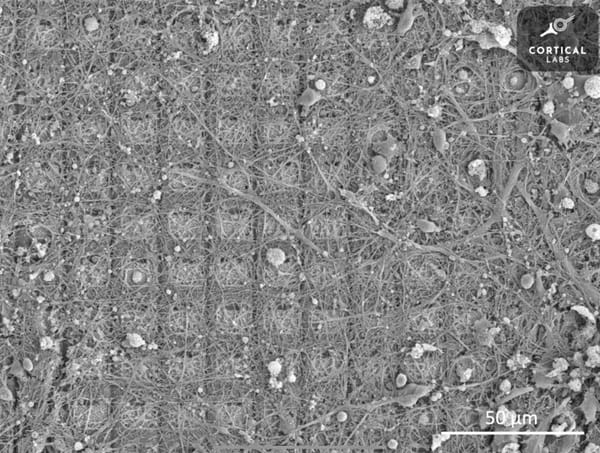Fast Cars and Cheese - The Eton College Design Trip 2025
Fast cars, cheese, and cutting-edge design. The Eton College 2025 Design trip to Italy blended roaring engines with rich tradition. From Ferrari and Ducati to Parmigiano Reggiano, students explored engineering, culture, and craftsmanship at its finest.
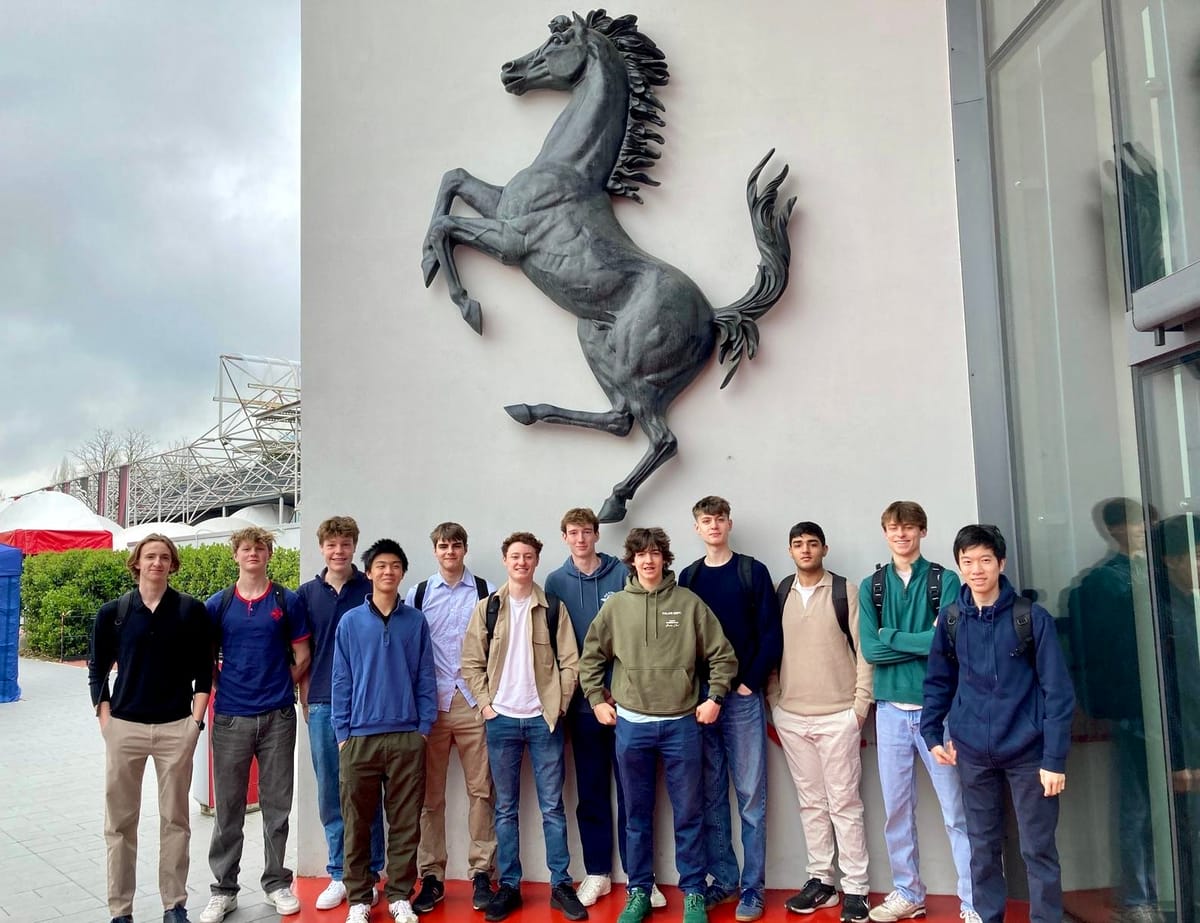
In Bologna, design is not just something that you study, it is something that you live. Over the Easter Holidays, a group of boys embarked on a design trip which took them deep into the heart of Italian automotive excellence. From the roaring engines of Ferrari, Lamborghini, and Ducati, to the centuries-old craft of making Parmigiano Reggiano, the trip offered a unique combination of engineering, tradition, and breathtaking views.
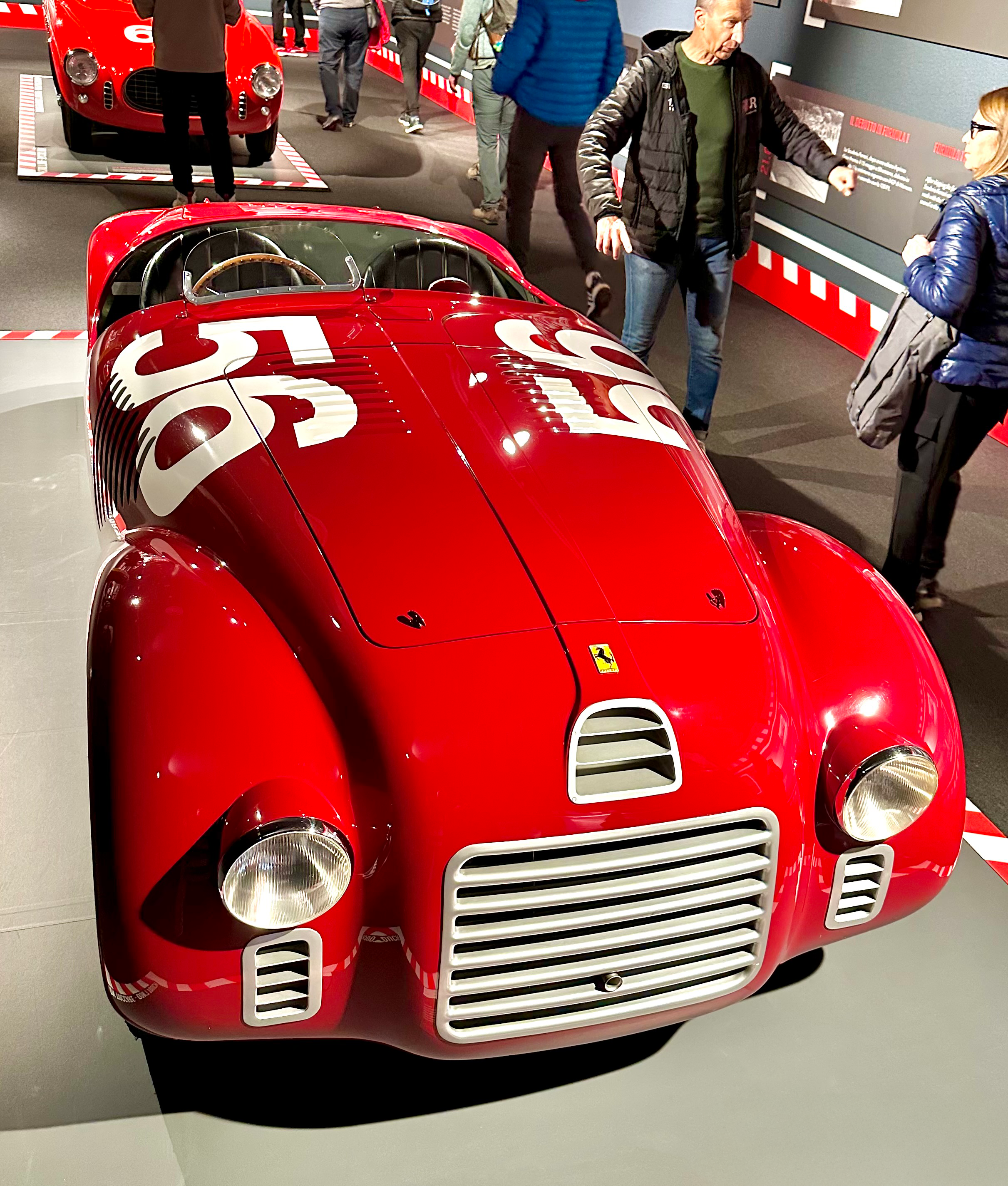
On the first day, we travelled to Maranello, home to the headquarters of Ferrari. We started at the Red Campus, where we participated in a module led by a Ferrari engineer which focused on engine design and performance. We then visited the Ferrari Museum, where both historic and modern vehicles were displayed side by side. It was fascinating to see how Ferrari’s designs have developed over time whilst maintaining their unmistakable identity.
After some free time for lunch, we returned to Bologna for a guided walking tour of the city. As a city, Bologna offered a multitude of sights, from tall medieval towers to the ornate Anatomical Theatre of the Archiginnasio, this tour offered a different view to Italian design, one built over centuries rather than decades.
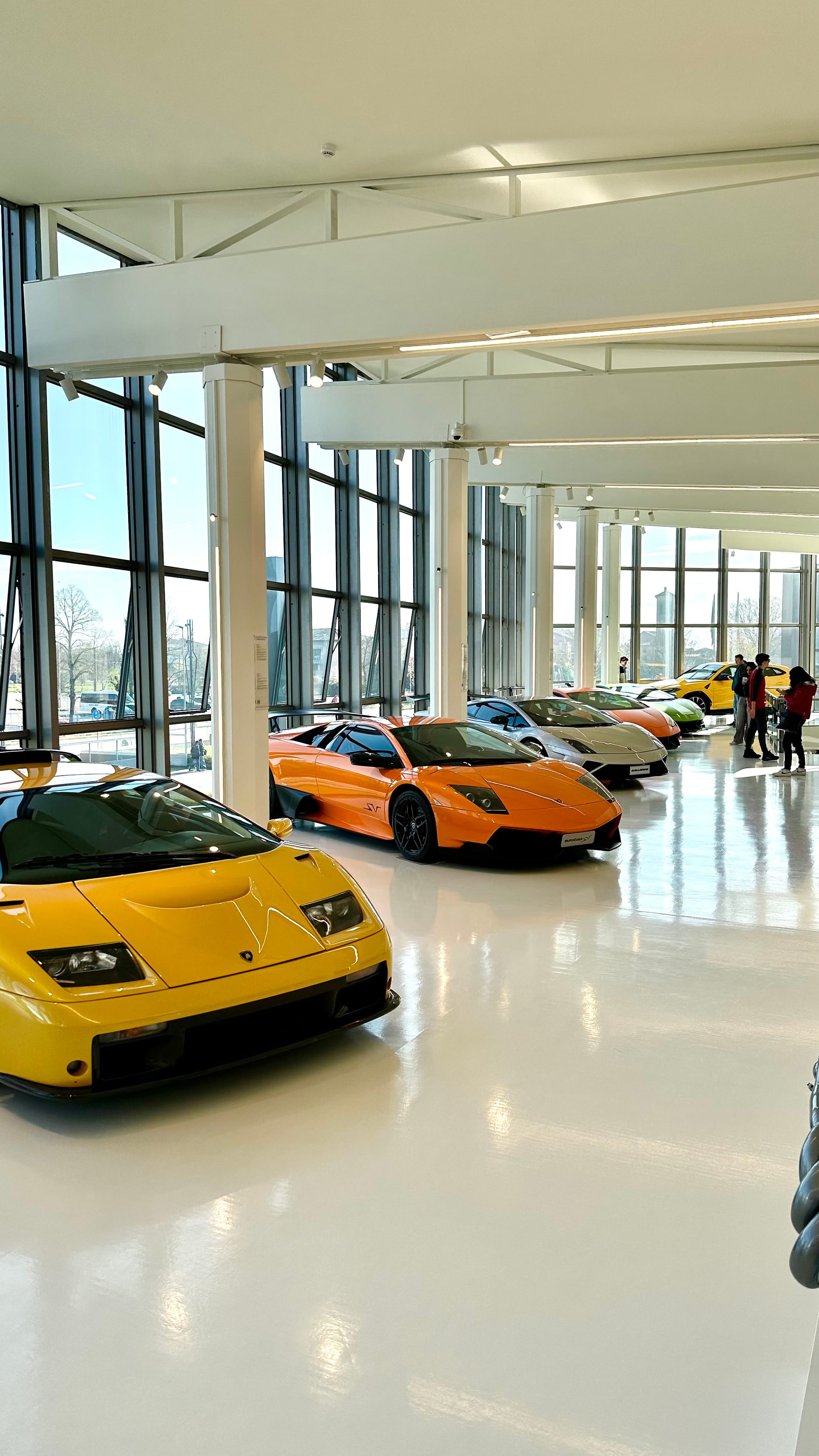
The following morning, we visited the Lamborghini Museum at the company’s headquarters in Sant'Agata Bolognese. Despite being much smaller than the Ferrari museum that we had previously visited, this museum offered an impressive display of vehicles, including a wide variety of supercars, and even an offroad utility truck.
Afterwards, we visited the Museo del Patrimonio Industriale, where we learned about the city’s industrial history. The museum highlighted how manufacturing and engineering had long been central to the region’s economy and contained all types of machinery from Bologna’s past, including a wide array of packaging machines, as well as ice cream machines. The museum also featured a scaled down replica of the historic silk mills, which once spanned multiple floors and were used for spinning silk between the 15th and 18th centuries.
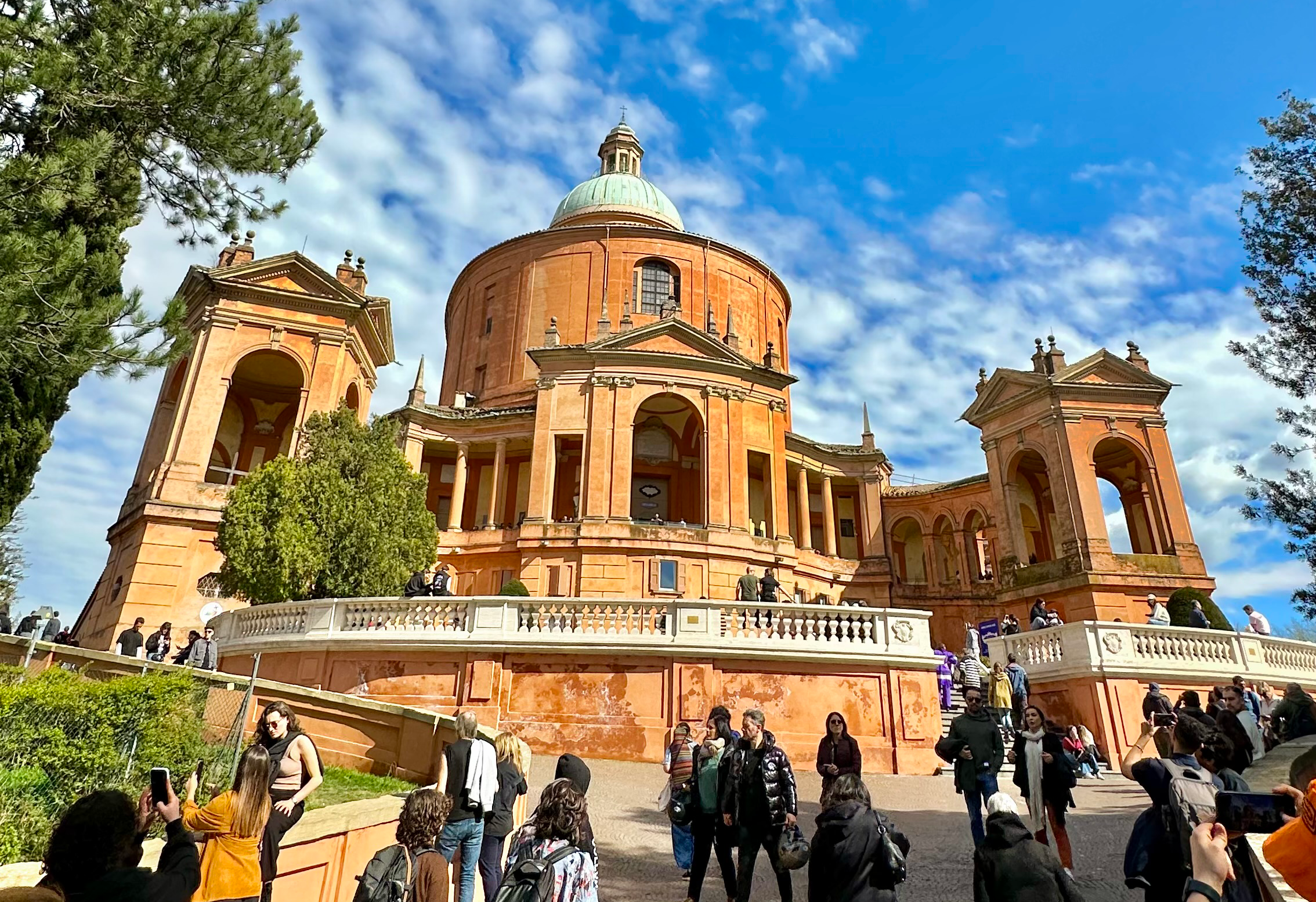
In the afternoon, we travelled to the Sanctuary of the Madonna of San Luca, which is a basilica which sits on top of a hill overlooking the city of Bologna. Whilst the ornate interior of the basilica was impressive, the panoramic view from the top of the basilica was even more breathtaking, providing a moment to appreciate the city of Bologna from a different perspective.

The next morning, we set out from the hotel to 4 Madonne Caseificio dell'Emilia, a Parmigiano Reggiano factory. We were shown the impressive scale at which cheese was produced in the factory, and were offered the opportunity to taste, and subsequently purchase a very large amount of cheese.
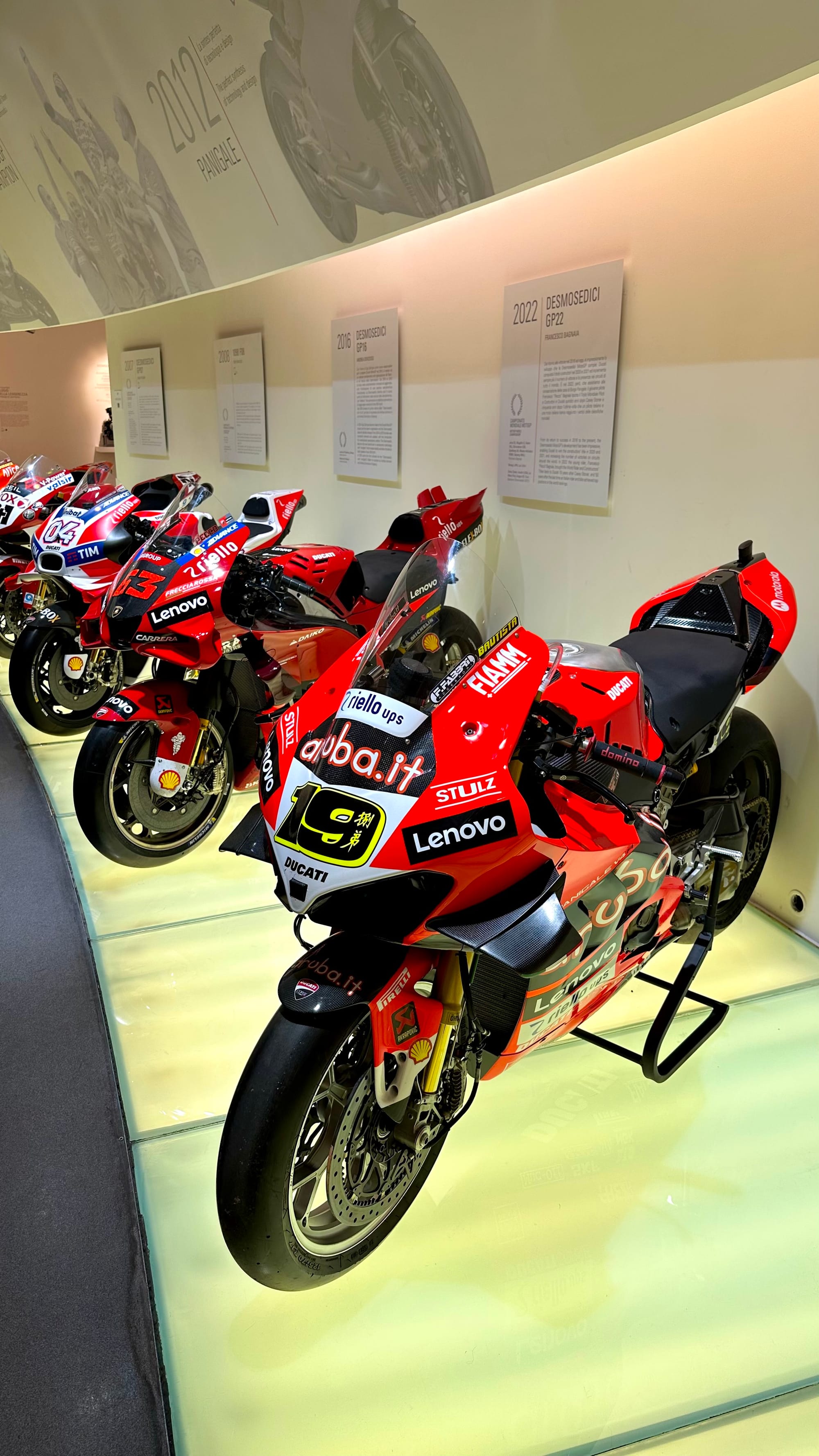
From there, we headed to the Museo Enzo Ferrari in Modena, the founding place of Ferrari. This museum contained two sections, with one displaying a multitude of supercars, and the other focusing on the history of Ferrari and its development into the brand that it has become today.
After lunch, we headed to the Ducati Museum in Bologna. Known for their performance motorcycles, the museum showed a clear focus on speed, design, and innovation, but with a unique style of its own when compared to the other museums that we had visited on this trip.
On the final day of the trip, we started the day by visiting the University of Bologna, which is known for being the oldest university in continuous operation in the world. We attended a presentation covering study possibilities at the university, and proceeded to visit the museum, which contained a multitude of different artifacts, from fossils and taxidermized animals, to scaled down models of historical cannons and ships.
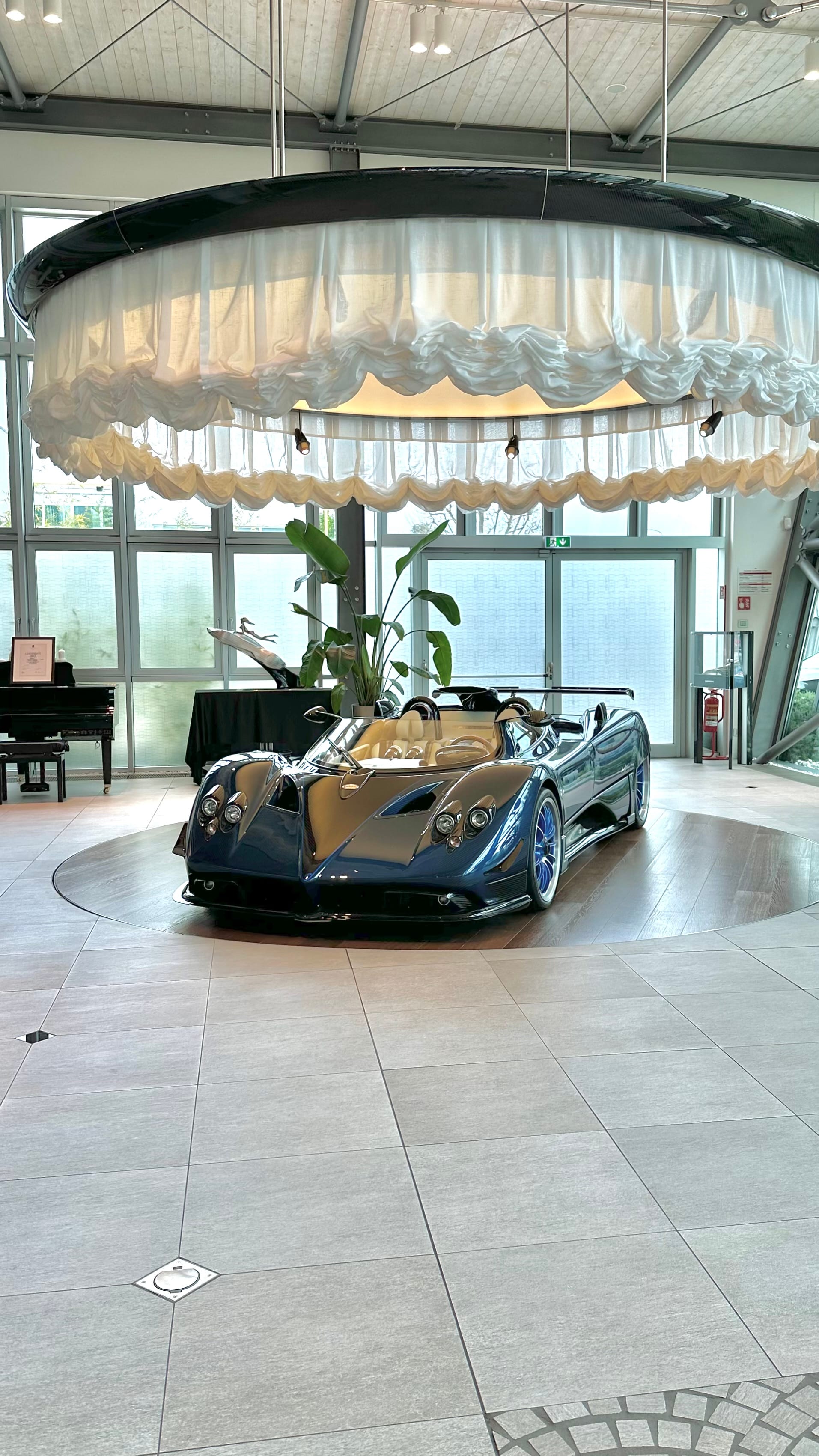
After lunch, we made our final stop at the Pagani Museum. Pagani is known for their high performance hypercars, and their innovative use of carbon fibre and other composite materials in their vehicles. The factory tour of Pagani was equally as impressive as the cars themselves. We had the opportunity to see the production process up close, as well as seeing the enhancements that Pagani had made to their materials, such as carbotitanium, which is a composite material containing both carbon fibre and titanium. Pagani’s attention to detail and the bespoke nature of their vehicles could clearly be seen throughout the entire tour, and in each vehicle that is produced.
With the factory tour complete, we transferred to Bologna Airport for the flight back to London, bringing this inspiring and unforgettable trip to a close.
This trip would not have been possible without dedication and organisation of Mr Couchman and Mr Devine. They helped to make every aspect of this trip an unforgettable experience, and we are very grateful for their efforts in making this trip possible.
